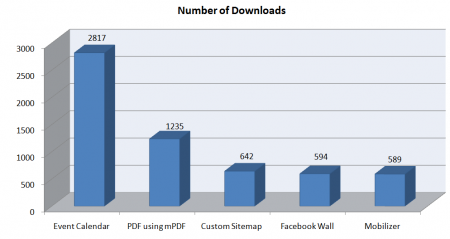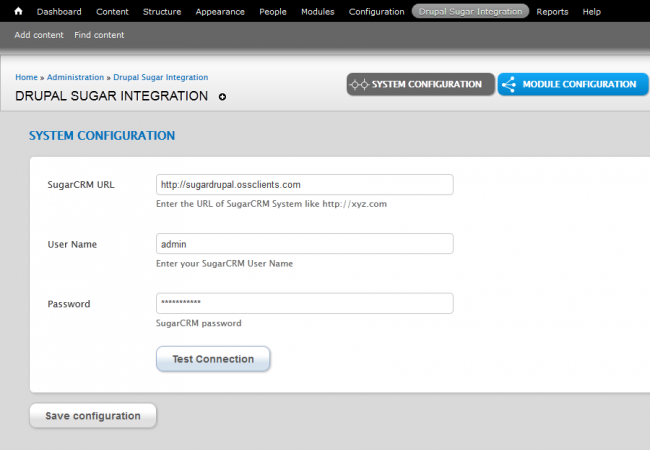The hype around big data is omnifarious. With its promise of unearthing new possibilities, big data is becoming an important part of organizations’ business strategy for optimizing their business processes, and accurate mapping of service needs. Its high volume, variety, and velocity have brought new opportunities for organizations to get deeper insights than ever before; and enabled operational processes to respond in real time. The availability of broad range of data for integration and correlation have facilitated firms to get enhanced perceptiveness to better analyze their customers and create more targeted offerings.

Though many organizations have turned to big data adoption, or many are planning to embark, yet most organizations don’t have a well-formulated strategy to make the most out of big data. Adopting big data is unique, not just because of technology, but also from a business and organizational perspective. From a technology standpoint, organizations are increasingly adopting Hadoop to address their growing data challenges. Hadoop provides a huge parallel cloud environment for advanced analytics, and effectively handle unstructured, semi-structured, structured, and any other data types. But, what’s important is that how well your big data initiative fulfills the criteria and where it stands in relation to your business objective.
Big data initiatives may involve lots of changes in your traditional approach such as business processes changes, infrastructure and data storage, architecture, organizational structures and resources. So, be prepared for these changes that your initiative will bring about. Try to develop the environment, culture and resources that will help in process optimization. Also, be cognizant and pragmatic about big data related investments by measuring the costs of acquiring, administering and applying information assets versus their real business benefits.
Every byte of data is important, so spend time to understand the implications of your data for better data use and getting increased return. Adopt and adapt those mechanisms that can help you make intelligent decisions, and create differentiated, more personalized experiences for your customer base.

Vippan Kumar is a Marketing and Communications professional with 9 years experience working in the dynamic B2B marketing environment. He spends his energy in strategizing, writing, reviewing a variety of content for demand generation and pre-sales support. He enjoys developing company literature like web content, whitepapers, case studies, blogs and opinion posts for different channels. He has a keen interest in digital transformation and next-generation technology like IoT, AI, and Analytics. He always likes to learn new skills. Reading, volunteering, and sports are his hobbies.






